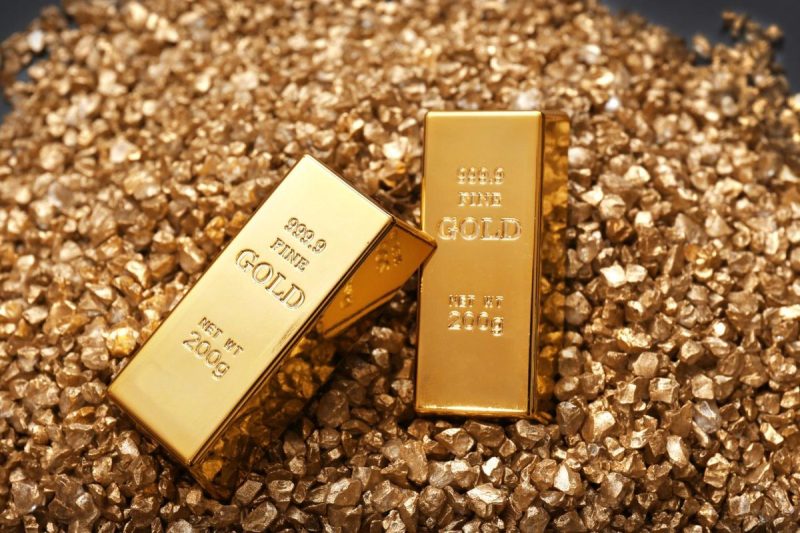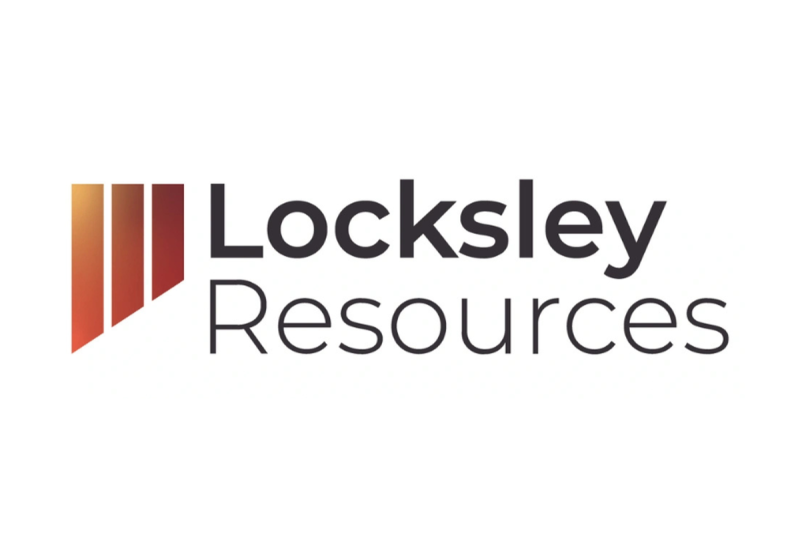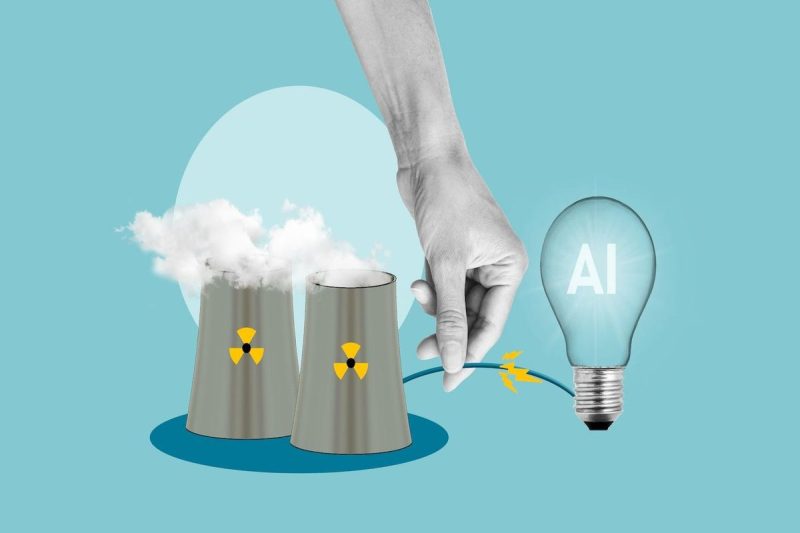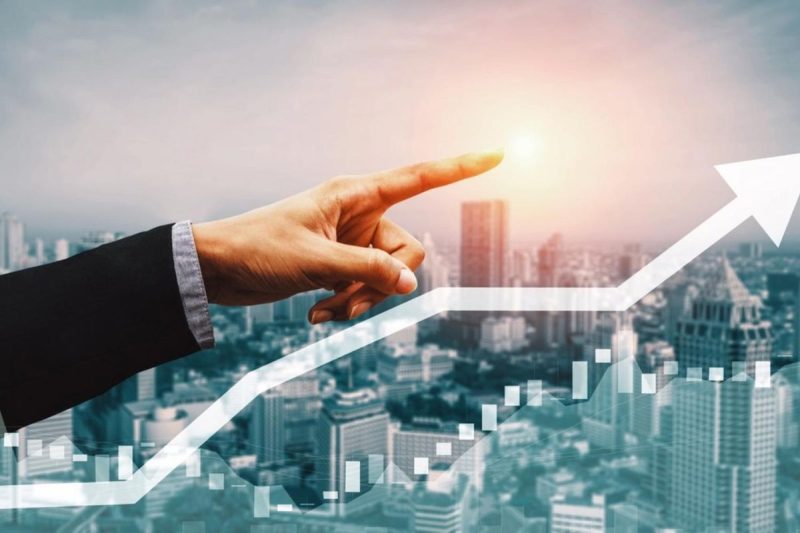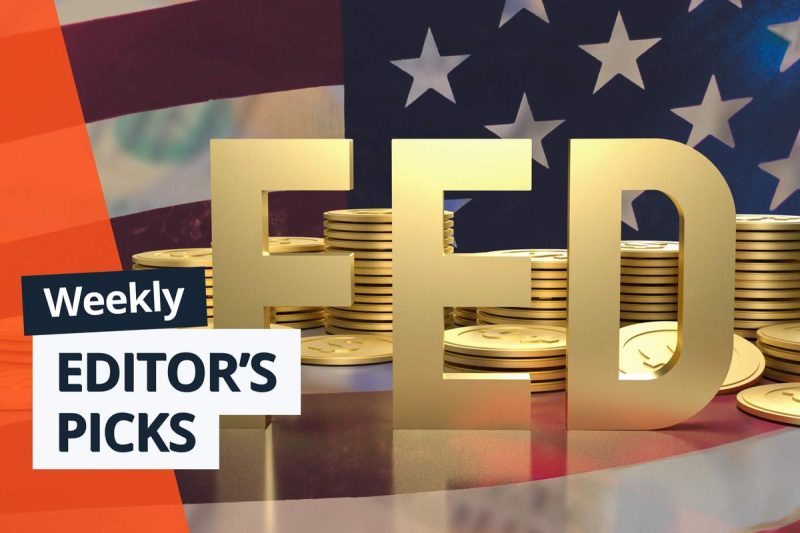The silver price reached heights not seen in more than 40 years in 2025, posting new all-time highs in the fourth quarter amid a supply deficit, expanding industrial use and rising safe-haven demand.
The white metal reached its highest point for the year in mid-December, breaking through US$64 per ounce following an interest rate cut from the US Federal Reserve. With investors looking for non-interest bearing assets in which to store and grow their wealth, the world’s metals exchanges are having a hard time keeping their silver inventories stocked.
What will 2026 hold for silver? As the new year approaches, investors are closely watching how changes in monetary policy and global uncertainty could impact the precious metal, along with supply and demand trends in the space.
Here’s what experts see coming for silver in 2026.
Silver’s persistent structural supply deficit
In its ‘2025/2026 Precious Metals Investment’ report, Metal Focus forecasts a fifth straight year of a silver supply deficit for 2025, coming in at 63.4 million ounces. And while that figure is expected to retract to 30.5 million ounces in 2026, the firm is confident that the deficit will continue to be a factor for silver this coming year.
Essentially, silver is in an entrenched structural deficit tied to a multi-year mine supply shortfall that can’t keep up with both rising industrial use and strong investment demand. Aboveground silver stocks are running dry, with silver mine production has decreased over the past decade, especially in the silver-mining hubs of Central and South America.
Even with silver at never-seen-before prices, it could be years before any sort of balance returns to the market.
“If the silver that you produce is a small portion of your stream of revenues, you’re not that motivated to try to produce more silver,” he explained. In fact, Krauth said a higher silver price could result in less silver coming to market as miners switch to processing lower-grade material that was once uneconomical and might even contain less silver.
On the exploration side, it takes 10 to 15 years to bring a silver deposit through discovery and into production.
“The reaction time to higher prices is actually really, really slow. I think we’re going to see these shortages and tightness persist,” Krauth added.
Industrial demand for silver from cleantech and AI
Industrial demand was another major catalyst for higher silver prices in 2025, and is expected to remain a strong tailwind for the silver market next year and beyond.
In a December report titled ‘Silver, the Next Generation Metal,’ the Silver Institute explains that heavy demand for silver through 2030 is coming from the cleantech sector — mainly from the solar and electric vehicle (EV) segments — and emerging technologies such as artificial intelligence (AI) and data centers. Silver’s critical role in these economically important industries led the US government to include silver on its list of critical minerals this year.
A staunch believer in solar as a major pillar of the silver market, Krauth advised that it is “dangerous to underestimate” the level of demand yet to come from the industry. This is especially true if investors consider the projected growth of AI data centers in the US alone, and the amount of energy needed to power their operations.
“I think about 80 percent of data centers are located in the US, and their demand for electricity is expected to grow by 22 percent over the next decade. AI alone, on top of data center demand for electricity, is expected to grow by 31 percent over the next decade,” he said, adding that over the past year data centers in the US have chosen solar energy five times more than nuclear options for powering their operations.
Safe-haven investment demand magnifying silver scarcity
As a precious metal, silver tracks gold. Lower interest rates, a return to quantitative easing by the Fed, a weaker US dollar, rising inflation, increased geopolitical uncertainty — all of these factors that benefit its sister metal are also highly supportive of the silver price. And as an affordable alternative to gold, silver is attracting significant retail and institutional investment, including massive exchange-traded fund (ETF) inflows.
Ole Hansen, head of commodity strategy at Saxo Bank, posted to X on December 10:
‘Meanwhile, inflows into silver-backed ETFs have reached around 130 million ounces this year, lifting total holdings to roughly 844 million ounces—an 18% increase.’
Safe-haven investment appeal for silver is expected to grow further in 2026. Concerns over the Fed’s independence and the very real likelihood that Chair Jerome Powell will be replaced in May with someone more amenable to the Trump White House’s low interest rate demands are big factors boosting demand for silver as a portfolio hedge.
Substantial demand for silver as a safe-haven investment has already led to mint shortages in silver bars and coins and tight inventories in futures markets, primarily in London, New York and Shanghai.
For example, Bloomberg reported in late November that silver inventories at the Shanghai Futures Exchange had hit their lowest level since 2015. These shortages are resulting in rising lease rates and borrowing costs, which points to genuine challenges with delivery of physical metal rather than mere speculative positioning.
In India, where gold jewelry is traditionally a form of wealth preservation, there’s strong demand for silver jewelry as buyers look for a more affordable option with the gold price now over US$4,300 per ounce.
Demand for silver bars and silver ETFs is also on the rise in India, already the world’s largest consumer of the white metal. The nation imports 80 percent of its silver demand.
Silver price forecast for 2026
Silver’s notoriety as a highly volatile metal — it’s not called ‘the devil’s metal’ for nothing — and its recent jaw-dropping rally, has many precious metals analysts hesitating to define a clear price target for 2026.
Although the case for much higher silver prices is a strong one, there are risks that could jeopardize the metal’s upward momentum. For example, Mind Money’s Khandoshko suggested that a global economic slowdown or sudden liquidity corrections could apply downward pressure on the silver price.
“For 2026, I’d be watching industrial demand trends, Indian imports, ETF flows and any widening price gaps between trading hubs,” she advised. “I’d also pay close attention to sentiment around large unhedged short positions. If trust in paper contracts weakens again, we could see another structural shift in pricing.”
Krauth also cautioned investors to remember that silver is “famously volatile” and while “it’s been fun because the volatility has been to the upside … don’t be surprised if you get some kind of rapid drawdowns.” He views US$50 as the new floor for silver, and gave what he deems a “conservative” forecast of silver in the US$70 range for 2026.
This is in line with Citigroup’s (NYSE:C) prediction that silver will continue to outperform gold and reach upwards of US$70 for 2026, especially if its industrial side fundamentals remain in place.
Chambers referred to silver as the “fast horse” of the precious metals. While industrial demand is important, he believes retail investment demand is the real “juggernaut” for the silver price in the coming year.
Securities Disclosure: I, Melissa Pistilli, hold no direct investment interest in any company mentioned in this article.




